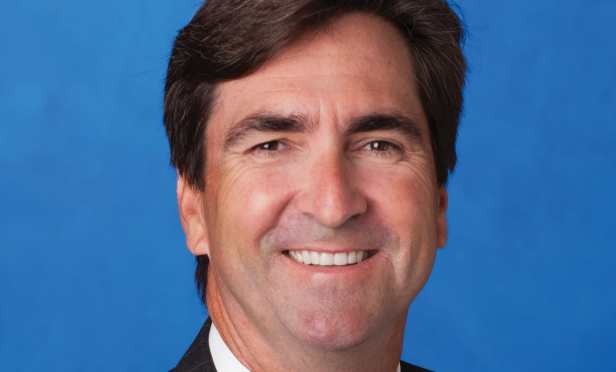 Jeff Woolson CBRE GlobeSt.com: Give me a snapshot of the golf investment market. Jeff Woolson: GlobeSt.com: Why do you think there has been an increase in demand? Woolson: GlobeSt.com: Are there any geographic trends in the space? Which markets have been most popular for investment? Woolson: GlobeSt.com: You mentioned private equity capital as one of the players. Who else is a buyer in this market? Woolson: GlobeSt.com: What is your outlook for investment activity for golf courses? Woolson: GlobeSt.com: Do you think that debt sources are becoming more interested in golf course deals? Woolson:
Jeff Woolson CBRE GlobeSt.com: Give me a snapshot of the golf investment market. Jeff Woolson: GlobeSt.com: Why do you think there has been an increase in demand? Woolson: GlobeSt.com: Are there any geographic trends in the space? Which markets have been most popular for investment? Woolson: GlobeSt.com: You mentioned private equity capital as one of the players. Who else is a buyer in this market? Woolson: GlobeSt.com: What is your outlook for investment activity for golf courses? Woolson: GlobeSt.com: Do you think that debt sources are becoming more interested in golf course deals? Woolson:© Touchpoint Markets, All Rights Reserved. Request academic re-use from www.copyright.com. All other uses, submit a request to [email protected]. For more inforrmation visit Asset & Logo Licensing.






